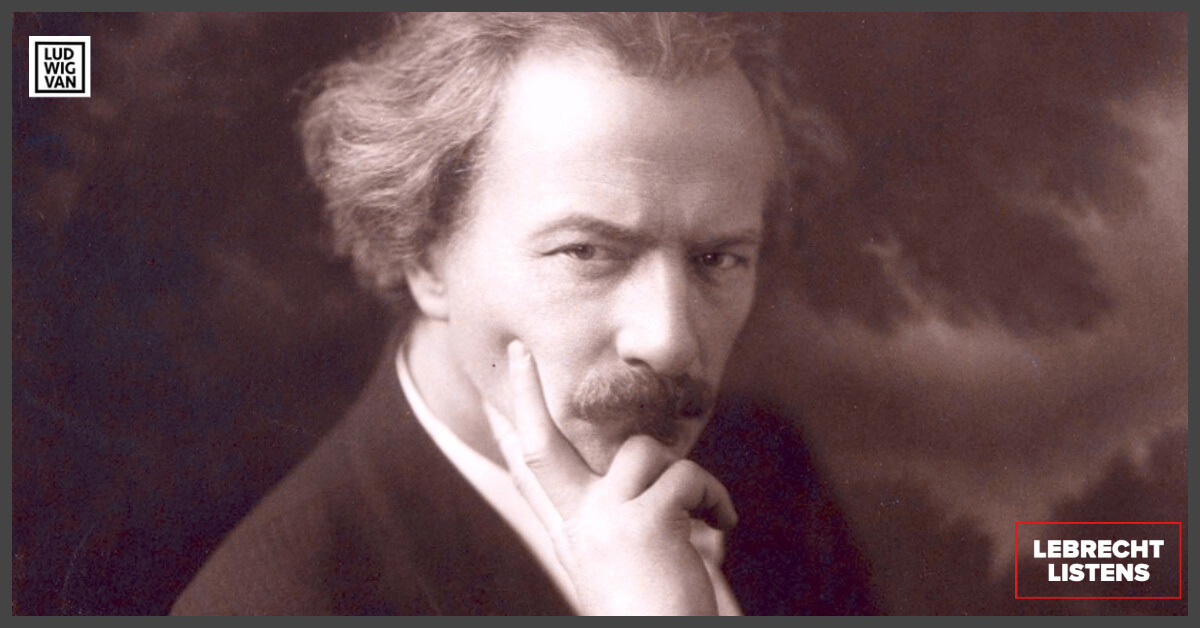
Paderewski, Stojowski: Violin Sonatas (CPO)
★★★★☆
We don’t hear much of Ignacy Jan Paderewski these days, let alone his friend Zygmunt Stojowski. The first prime minister of independent Poland has been overshadowed politically by the nation’s turbulence, and musically by Szymanowski. Famed in his day as a virtuoso pianist, Paderewski enjoyed considerable reputation before 1914 as a popular symphonist in sub-Rachmaninov mode. His lifelong pal Stojowski was equally successful on both fronts. I can’t remember seeing either of them on a concert program in recent years.
This pairing of violin-piano sonatas by the two Poles comes close, at times, to revelation. The Paderewski sonata dates from his first wife’s death after childbirth in 1881, amid the immediate pressures of caring for their severely handicapped son. The communication is urgent and the emotion intense, most of all in the opening movement, although there is no real slackening as the dark mood lightens. There are hints of Jewish melody, which is odd since the blue blood Paderewski had no sympathy for Poland’s largest minority, and was briefly co-publisher of an anti-Semitic newspaper. The general tone here is akin to the César Franck sonata, which is a very elevated level for a composer whose first instrument is piano. The Paderewski sonata demands to be heard. Paderewski died in US exile in 1941; his remains were transferred to Warsaw half a century later.
Stojowski was, on this evidence, an even better composer for the violin. Mentored in his teens by Paderewski, he migrated to New York in 1905 and was a pioneering figure in its musical life, founding the piano department of what would become the Juilliard School. At his death in 1946, The New York Times reminded readers that he was among “the most authoritative exponents of Paderewski’s methods and musical ideals”. On the evidence of these two sonatas, he added a Kreisler-like wit to late-romantic adumbrations. The violinist Piotr Plawner and pianist Piotr Salajczyk give captivating and altogether convincing performances of these obscurities. I would happily subscribe to an emergent series of forgotten Polish treasures if the quality remained this high.
To read more from Norman Lebrecht, subscribe to Slippedisc.com.
#LUDWIGVAN
Get the daily arts news straight to your inbox.
Sign up for the Ludwig van Daily — classical music and opera in five minutes or less HERE.
- LEBRECHT LISTENS | Jordan Bak’s Cantabile For Viola Reveals The Neglected Instrument’s Beauty - April 12, 2024
- LEBRECHT LISTENS |David Robert Coleman & The Berlin Radio Symphony Orchestra Reveal The Charms Of Walter Kaufmann - April 5, 2024
- LEBRECHT LISTENS | Recordings Of Ysaÿe, Brahms & Busoni Show Not All Violin Concertos Were Created Equal - March 28, 2024



